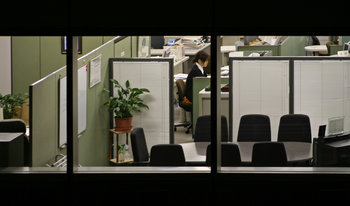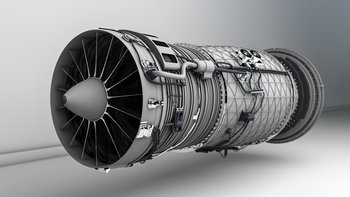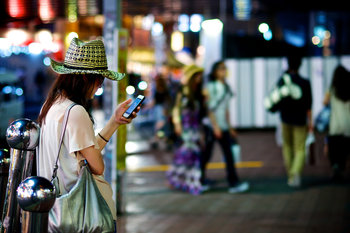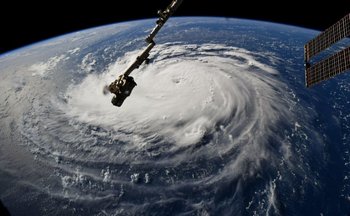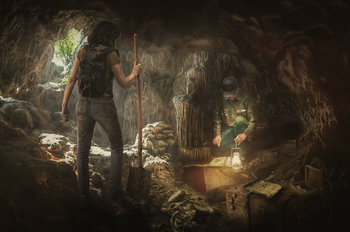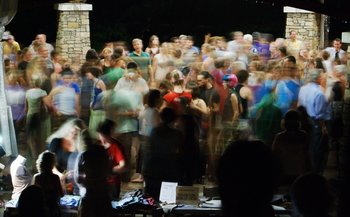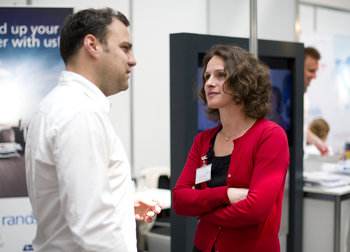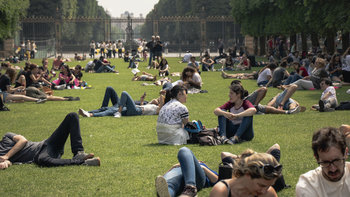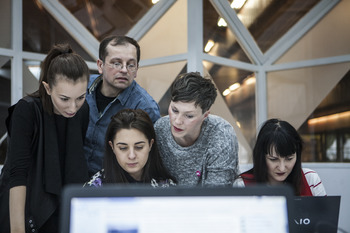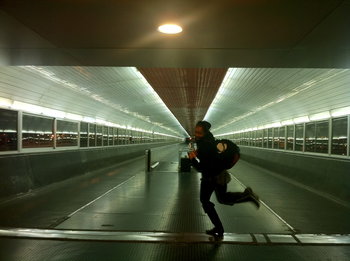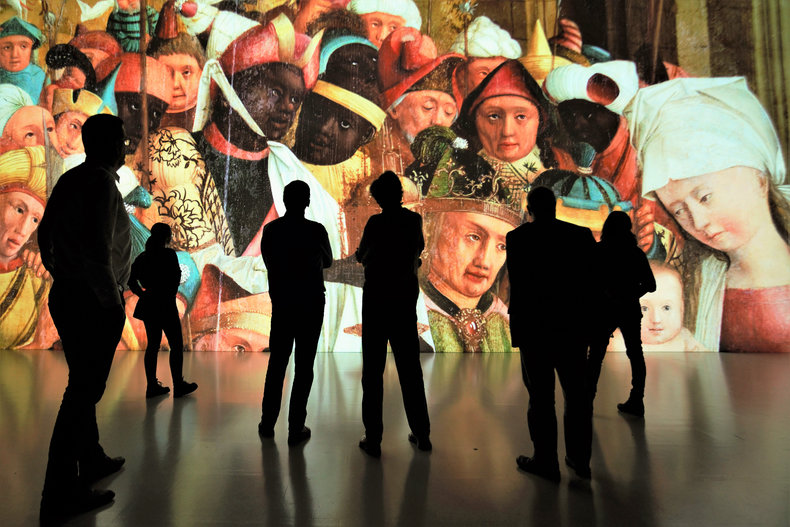
Art
High resolution scanning of artworks including 3d scanning of multi-dimensional works such as sculpture.Books & Periodicals
Converting books and other publications such as magazines to a digital format such as an ebook or scanned image.Documents
Converting paper documents such as historical public records to digital documents or images. Ideally this captures text using optical character recognition so that the text of documents can be searched.Media
The conversion of media such as films, television shows and music to modern digital formats.Devices
Converting the output of an analog device to digital, often in real time. For example, railway infrastructure that is given a digital retrofit to integrate with control systems.Preservation
Digitization has value in preserving artifacts, information, knowledge and historical places. Digital information is extremely resilient as it can be copied many times such that it can be stored in different physical locations. For example, detailed digital photographs of a historical structure may be useful in repairing any future damage to that structure.Immersive Experience
An entire environment can be digitized such that it can be explored as an immersive experience. For example, a digital twin of a historical structure that can be pulled into a classroom as part of a lesson.Advantages
Digitization allows artifacts to be preserved indefinitely as digital entities can be copied to a large number of physical locations such that their loss become improbable.Digitization allows artifacts to be used, shared and communicated to wide audiences.Digitization allows artifacts to be used on currently supported devices. Future conversion to newer digital formats may be easier on a digital-to-digital basis.The ability to leverage digital technologies such as search to make better use of information and cultural assets.| Overview: Digitization | ||
Type | ||
Definition | The process of converting non-digital entities to digital form. | |
Not To Be Confused With | ||
Related Concepts | ||



